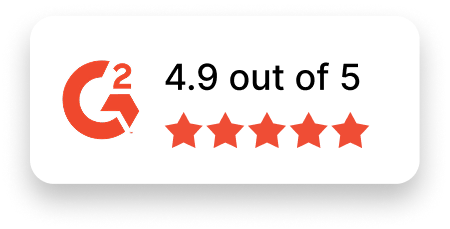Duties and Responsibilities:
- Design and develop yarn production processes and techniques to optimize quality and efficiency.
- Collaborate with production teams to implement and maintain yarn manufacturing equipment and processes.
- Analyze yarn production data and performance metrics to identify areas for improvement.
- Test and evaluate yarn properties, including strength, elasticity, and texture.
- Develop and maintain documentation for yarn production processes, standards, and best practices.
- Stay informed about advancements in yarn technology and industry trends.
Requirements and Qualifications:
- Bachelor’s degree in Textile Engineering, Material Science, or a related field.
- Proven experience in yarn production or textile engineering.
- Strong understanding of yarn properties, production techniques, and quality control.
- Experience with yarn testing and analysis tools.
- Excellent problem-solving skills and attention to detail.
- Ability to work collaboratively with production and engineering teams.

